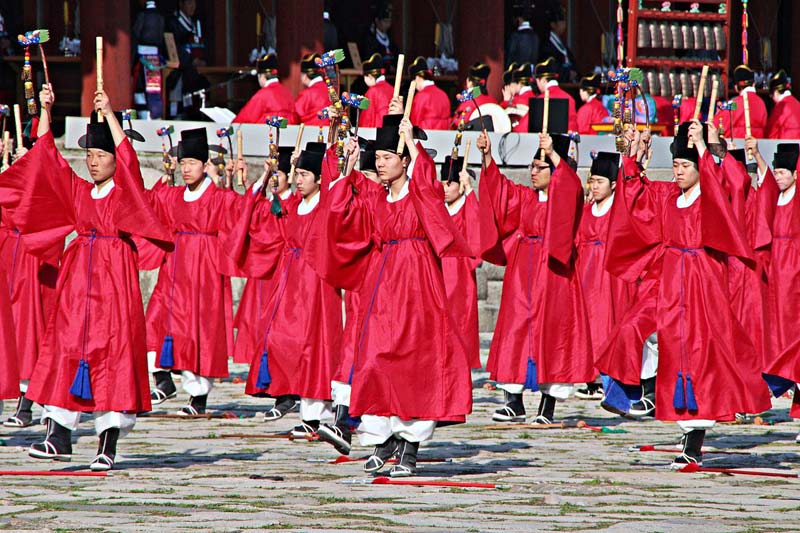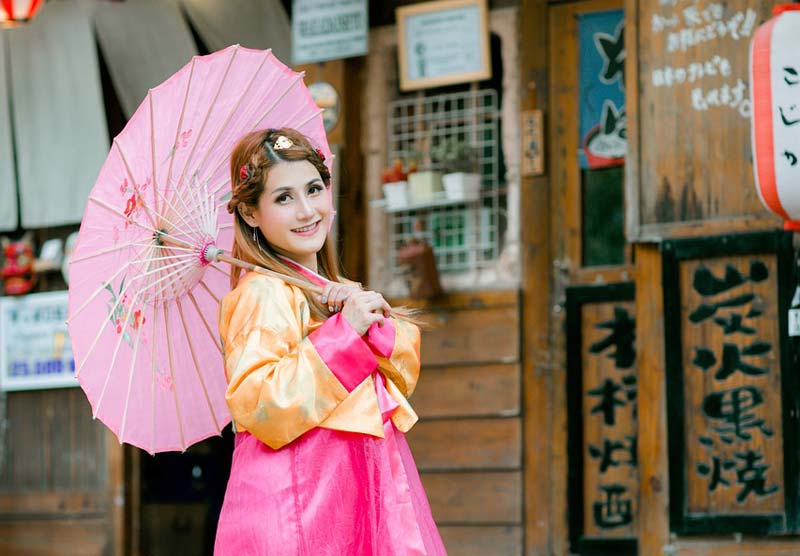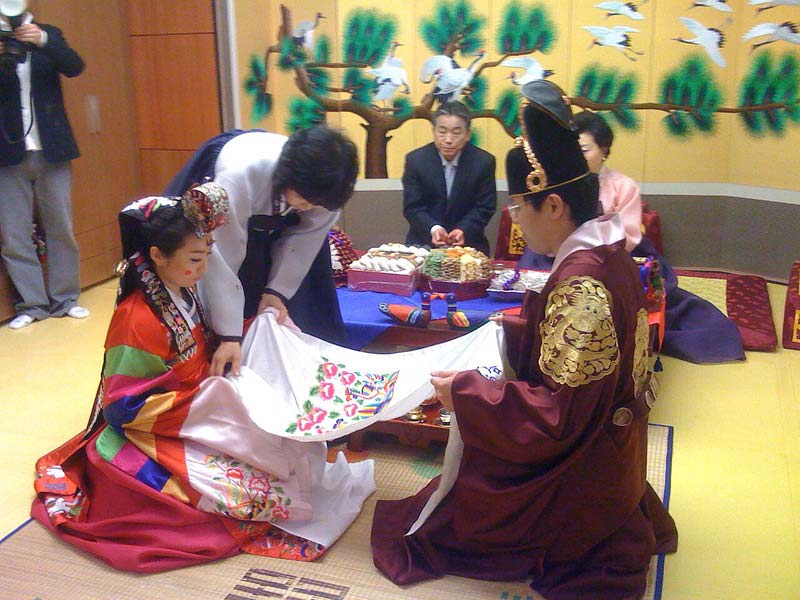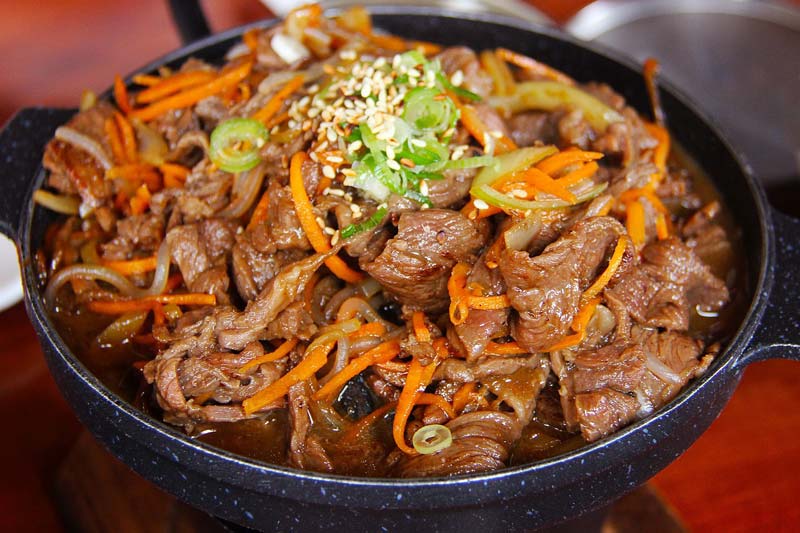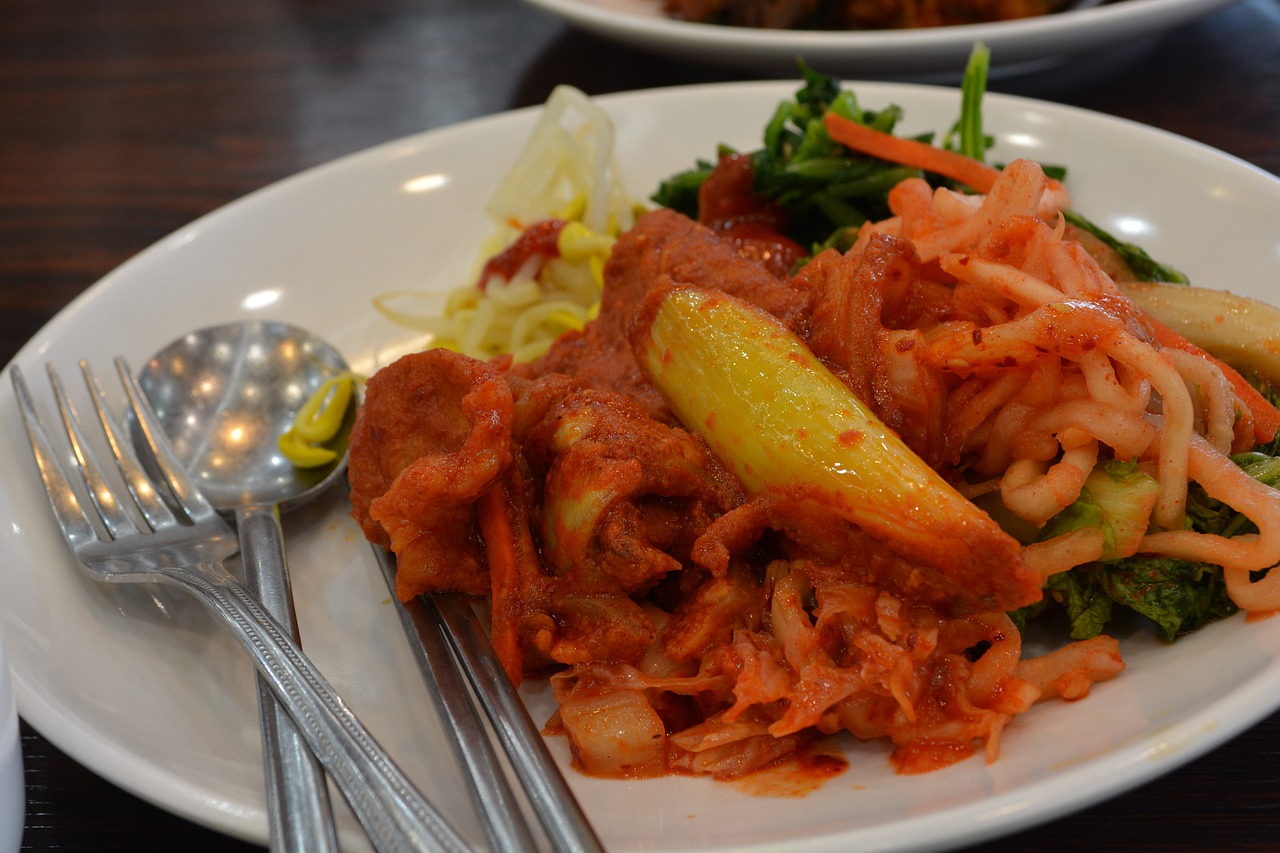Sang-Rye

Introduction of Sangrye
Sang-Rye means the formalities observed in funeral service of a dead, which is the last rite a life should go through. Korea’s traditional funeral ceremony had been derived from ancestor worship and affected by Confucianism. Its procedure and form have been passed down from old days over centuries, and today’s ceremony still preserves much of the old form and procedure. Compared with other ceremonies, Sang-Rye is proceeded in a solemn and courteous mood.
History of Sang-Rye
The old Chinese book “Middle of the road” writes that
- “Please serve the dead as if he/she is alive, and serve the non-existent as if existent.”
- “Sang” means being dead while “Sa” means dying and decaying of flesh, and “Jong” means termination of humanity. The ceremony was named “Sang” as its meaning is midway between the other two words.
According to “Yegi”
- Funeral service for parents should be continued for three years.
- When a king dies, people should wear mourner’s garb for three years.
- For teacher’s death, pupil should go through ‘heart funeral’ for three years.
Garment of Funeral
Hempen hood, Dopo (traditional full-dress attire), Durumagi (traditional overcoat), Wonsam, band, cotton Jeogori, Jeoksam (unlined summer jacket), cotton trousers, pants, shoes, cotton socks, ear-plug, sheet, mattress, etc. are used in the service.
Mourners including chief mourner wore the mentioned garments for 3 years, 1 year, 9 months, 5 months and 3 months respectively according to degree of kinship. In the old days, duration of wearing was ordained but nowadays keeping such period is not demanded any more as it is not practical.
Mourners wore white overcoat (Korean traditional suit) along with hempen hood on head and mourning badge on breast (or band on sleeve). Female mourners wore white skirt and coat with white rubber shoes.
Nowadays when using Western clothes, black suit shall be put on together with black neck tie, black socks, black shoes with hempen badge on breast or band on sleeve.
(foodculture/foodculture2_3_a.jsp)
